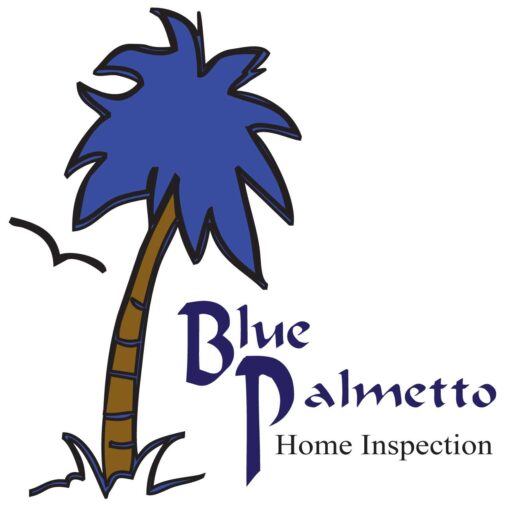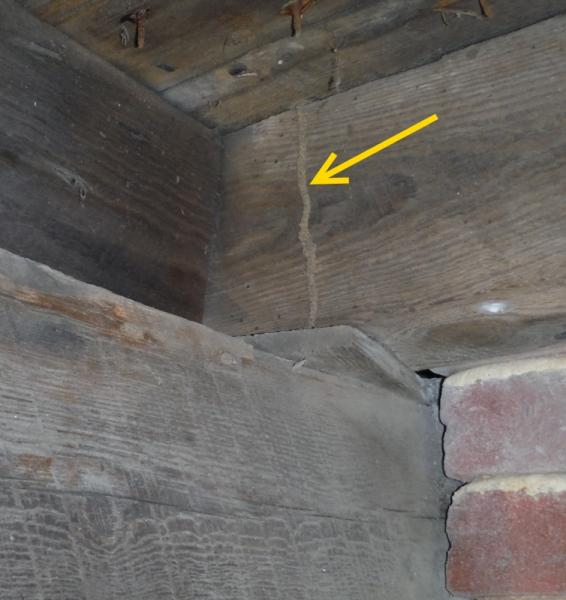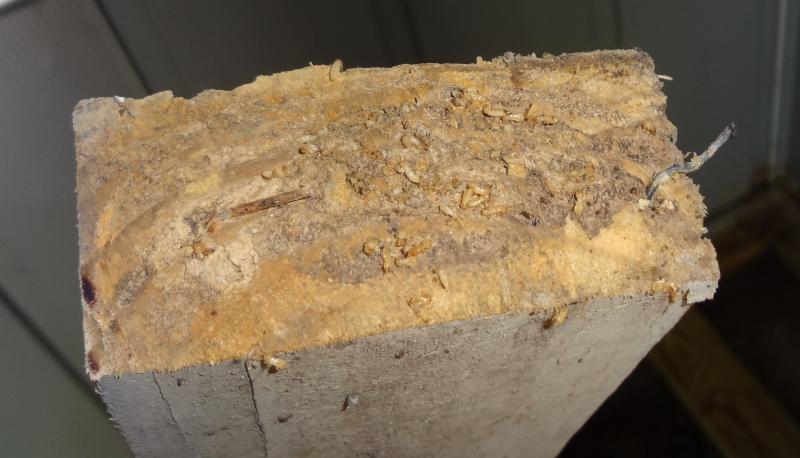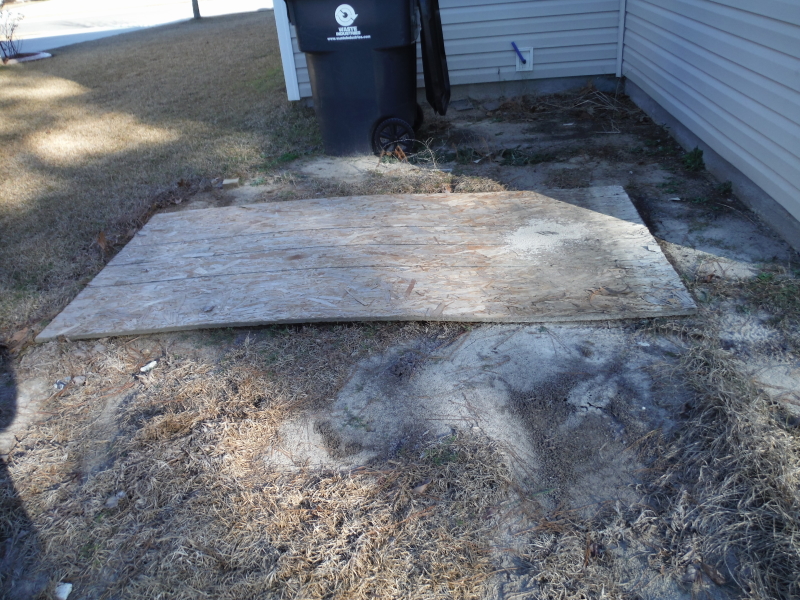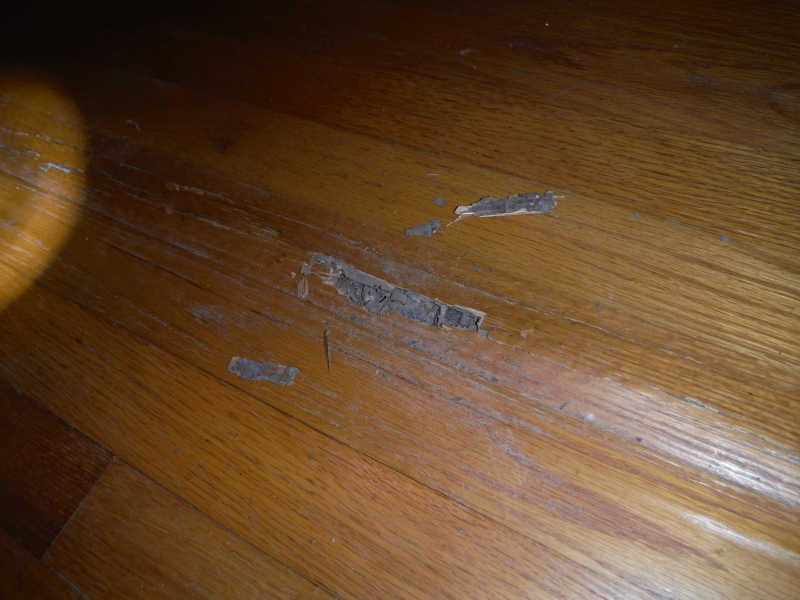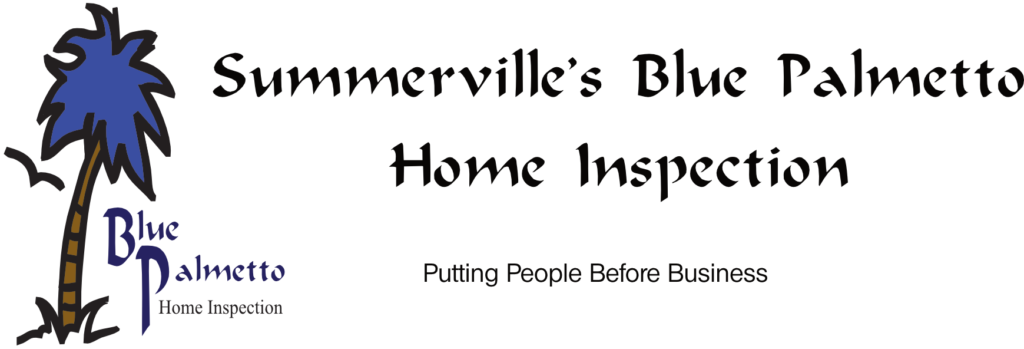Whether or not you currently have termite problems it’s important to know what attracts termites to your home and what signs to look for and why. Did you know for instance that every acre of land in South Carolina has over a dozen termite colonies. So since termites are probably already on your property the question is how do you recognize termite activity and what steps should be taken to discourage termites activity on your structures? Before we do that however; we’ll talk about some defensive measures you can take to protect your property.
Protecting Your Property From Termites
Step One- is to always keep a termite bond on your property current. A termite bond is a type of contract with a pest control company. Bond types vary among companies but typically they offer some kind of warranty either against re-infestation, damage or both. They may have initial inspection and maintenance treatment requirements.
Step Two- is to eliminate the food source (wood) or at least make it hard for termites to get to its food source (your home). Any wood within 18 inches of the ground should be pressure treated. All wood not covered should be pressure treated or a natural termite resistant wood. Wood siding should be at least 6 inches from the ground. Untreated wood should not directly touch concrete even inside the home. Wood debris, tree limbs, firewood should be at least 20 feet away from the home and off the ground. This includes under the home (no wood debris). Often workers will pull a huge piece of cardboard under the home to work on and leave it there when work is over. Bad idea- Termites love cardboard. Make sure no wood, cardboard or paper is under the home. Avoid wood mulch (pine straw and bark are ok). Also don’t forget to protect your wood storage buildings. These are often added to the property later for storage of garden tools etc. and are quite close to the ground. When the termites get tired of munching on your shed they’re be tempted to move on to your home.
Step Three- The most important thing is to reduce or eliminate moisture. Both under the home and around the home. Consider improving grading, installing yard drains, sump pumps…whatever works. Even raking the leaves back from the home helps dry things out. Termites love moisture and they have to have it to live. They travel back and forth from your home back into the ground to get moisture. (Although there is a drywood type of termite but they are uncommon and we’re not going to discuss them here.) Their need for water is so great that they have to build a type of mud tunnel to travel back and forth and to keep from drying out. These mud tunnels (called termite tubes) are one of the symptoms of termite activity. We’ll discuss this in the next section.
Signs and Symptoms of Termite Activity
Visually it may be hard to tell if termites are in a piece of wood. This is because the way termites attack often leave the outside of the piece of wood intact while the insides are completely gone. Below are some photos showing this.
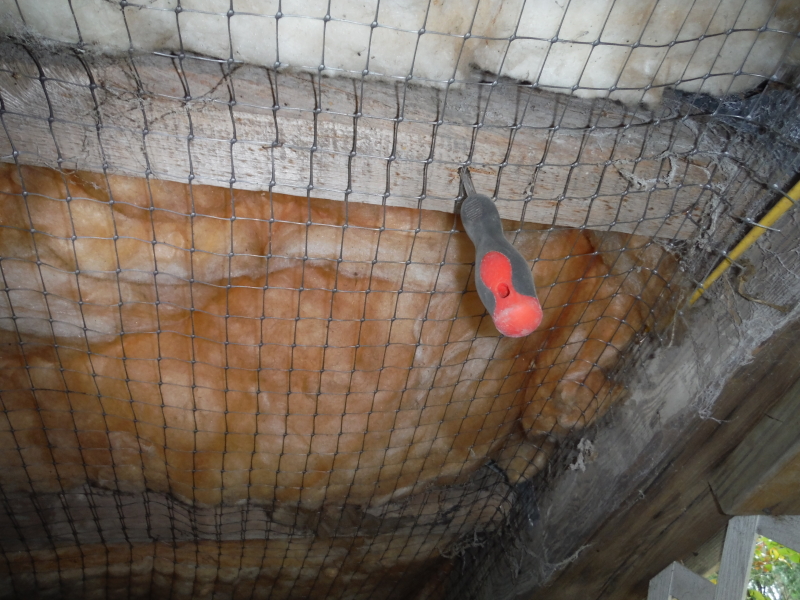
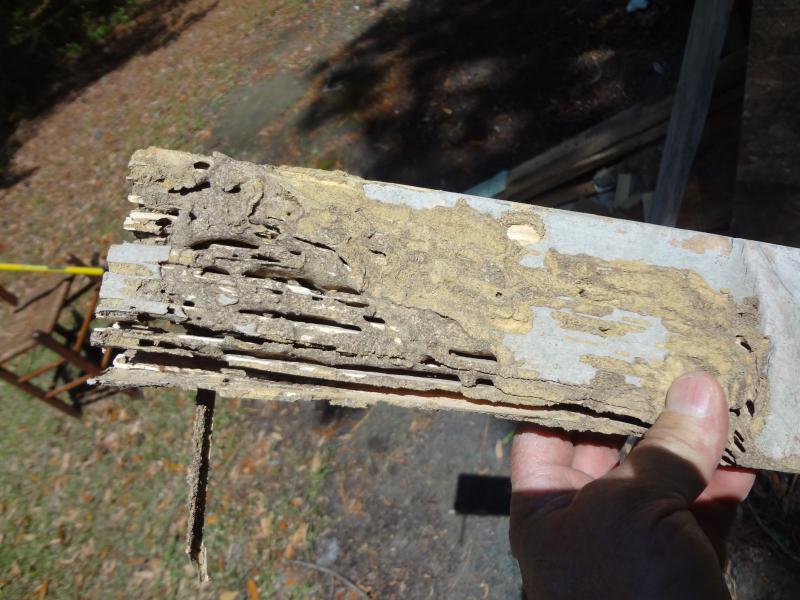
Hire a Professional Exterminator
Termites can be awfully clever creatures. They often go unseen for many years and cause quite a bit of damage before they are discovered. Home inspectors often discover the effects of their handiwork while doing a home inspection. While home inspectors do look for termite activity we also look for a variety of other building deficiencies. For this reason a Wood Infestation Report (CL100) is needed when buying a home in South Carolina. A CL100 is typically a two page form provided by a licensed pest control company that identifies past or present problems with wood destroying organisms (WDO). Since termites and wood-destroying organisms (WDO) are all they look for they aren’t distracted by the myriad of other things a home inspector looks for. Because termites are so crafty it is important to note that only a licensed pest control company can assure you that any treatment has met its objective of eliminating termites from the home. Termite eradication is not something that you should attempt yourself.
Next we’ll take a look at a few photos to help us recognize the signs of termite activity.
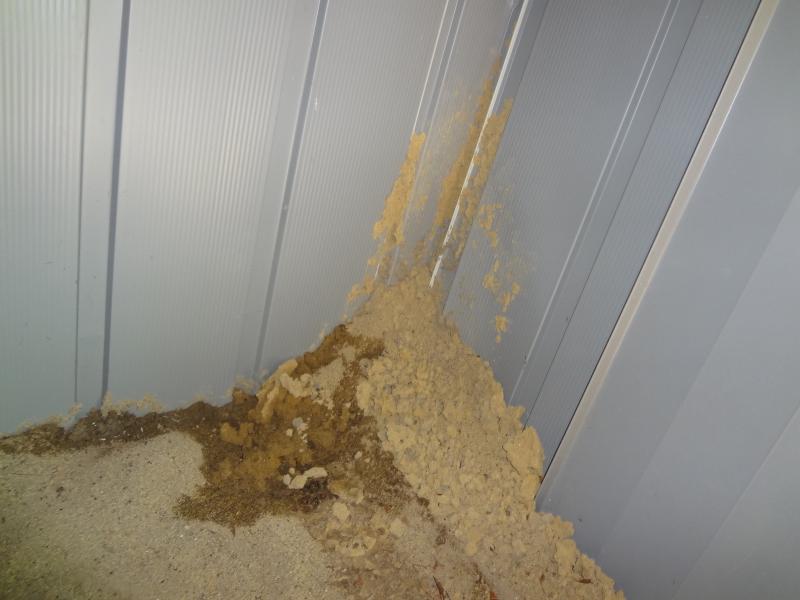
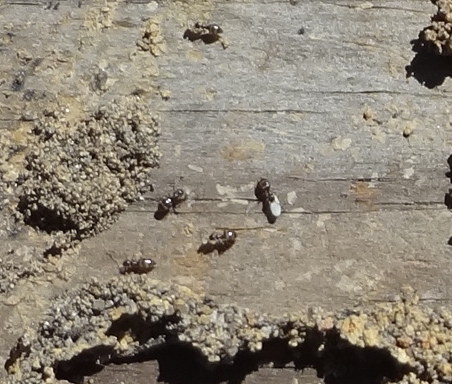
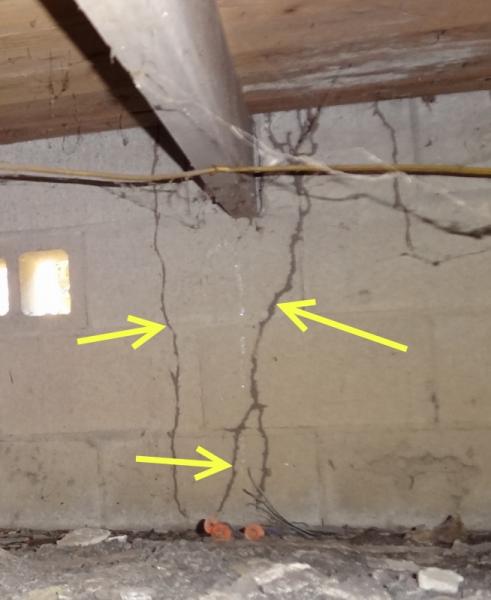
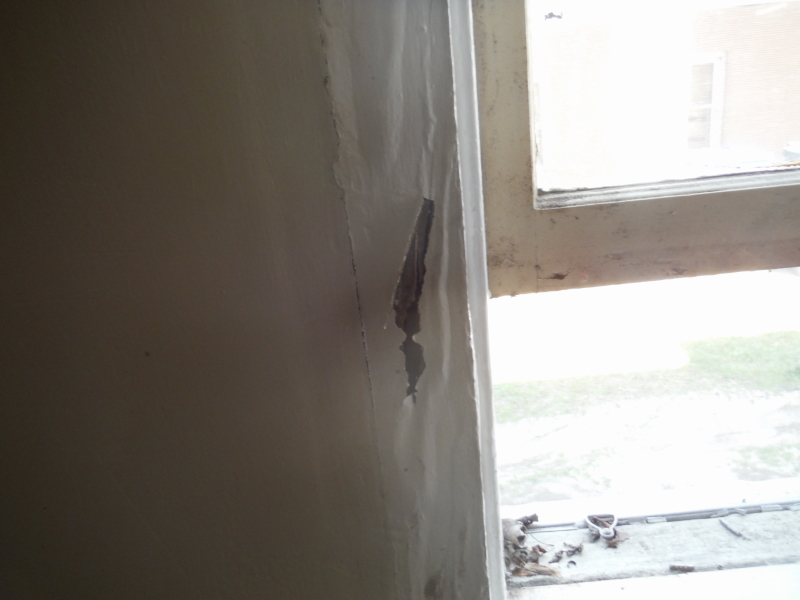
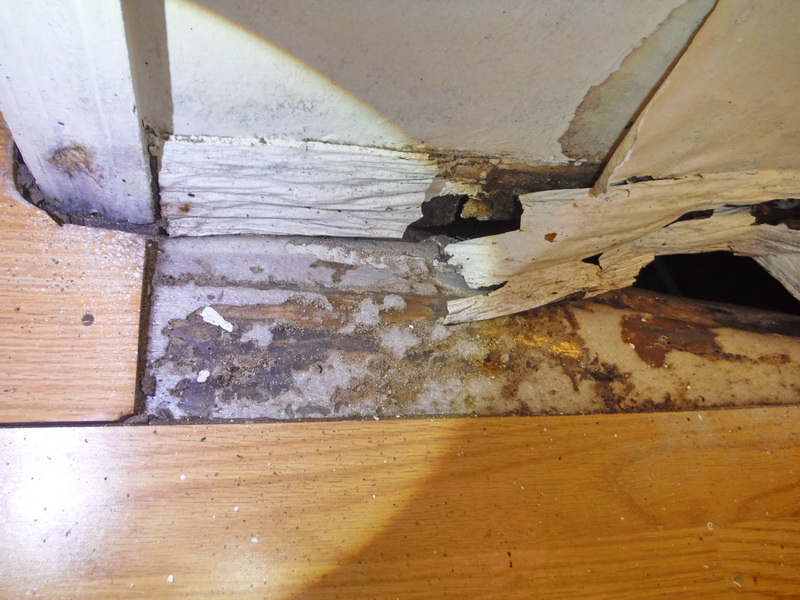
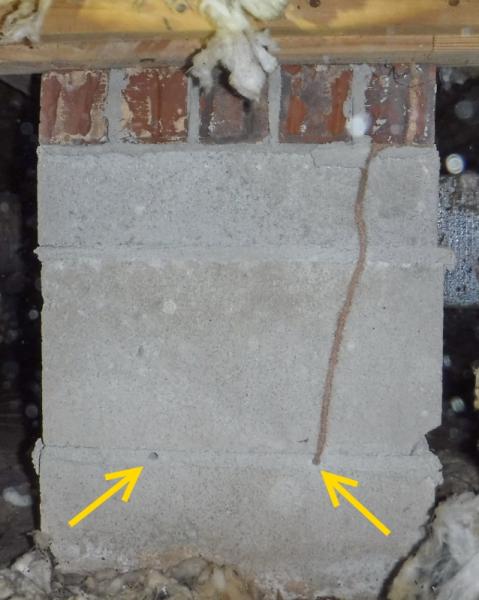
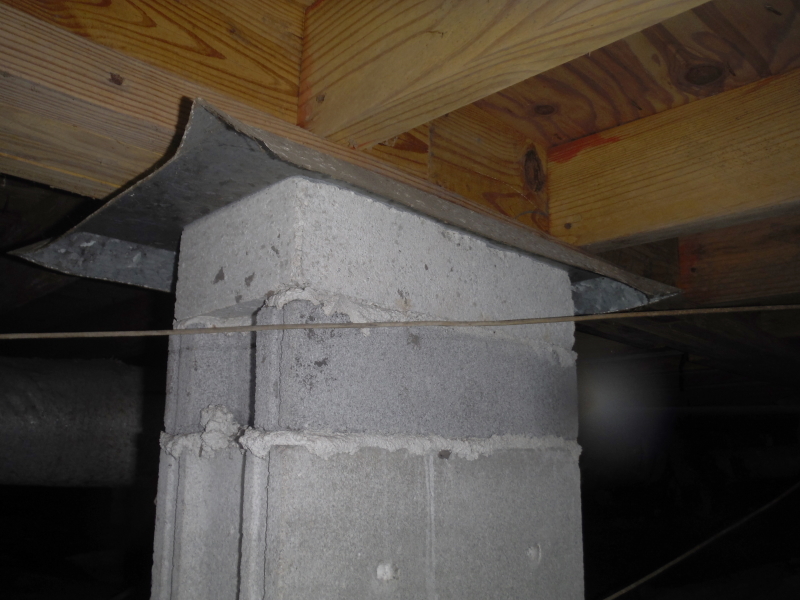
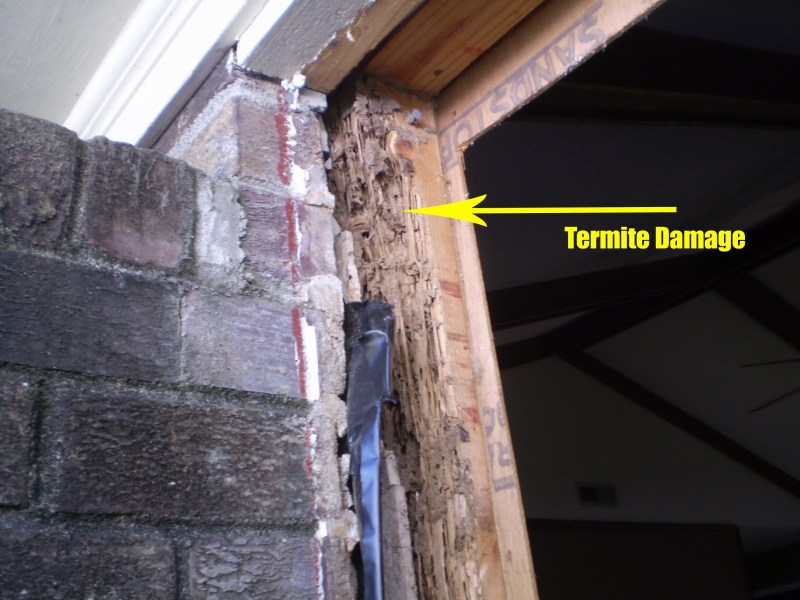
Modern Methods of Termite Control
Traditionally chemical soil treatment was and is still used by builders to control termites. This requires the soil to be treated before pouring concrete with many (hundreds) of gallons of insecticide. The home is also treated with a perimeter treatment after construction and prior to occupancy. The disadvantage of soil treatments alone is that the insecticide may leach from the ground after a time (from rain, high ground water etc.) and if the house is close to the ground termites may find a way to the untreated wood just above the surface of the concrete.
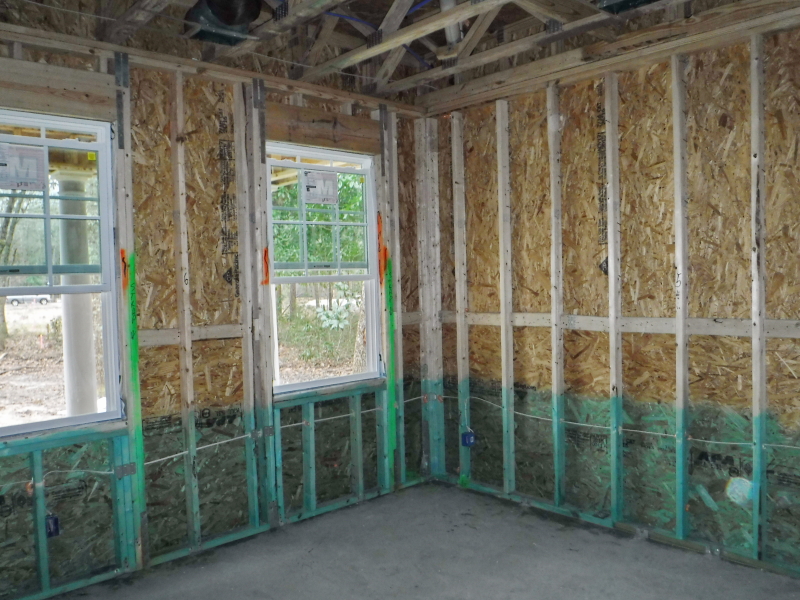
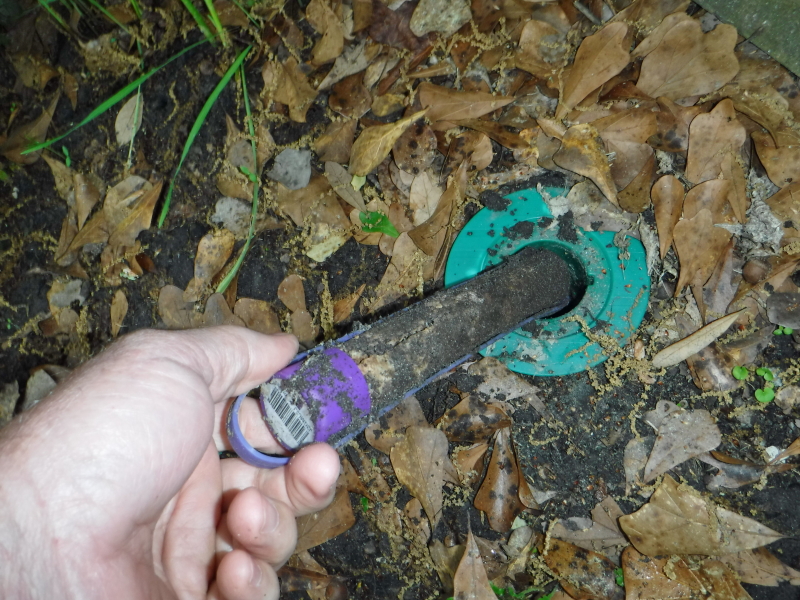
This article was originally written on 3-16-2016 by Ray Thornburg.
